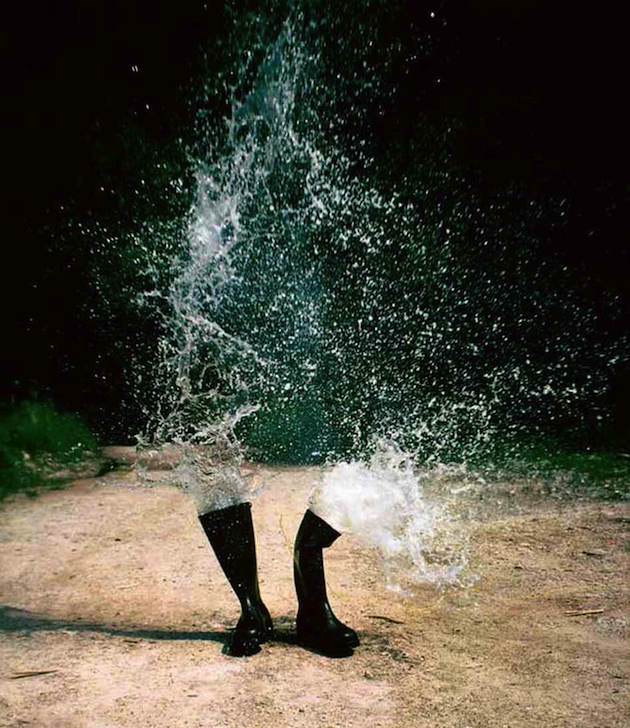
Making art is a process; therefore it involves considerations and choices, besides a dose of good instinct and mere talent. An essential part of this process is reflecting about materials used to create an artwork, whose properties can affect and often determine the way it is conceived and physically built, as well as how it eventually looks. Handling any material requires a specific know-how and every material owns a distinctive semantics and language that contribute to express the artist’s poetics. Stones, marbles, bronzes are all intended to endure forever and recall concepts of stability and strength. Most of the time we think about art as something thought to last as much as possible in order to get its intrinsic value recognised, but that’s not true for some modern and contemporary artists, who focus their research on the transience and deterioration.
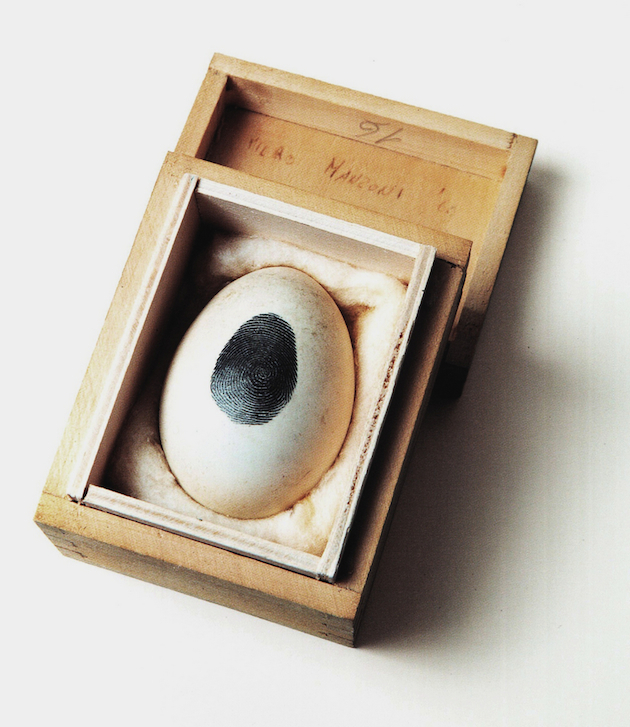
With a great originality in choosing the constituents destined to be destroyed, transformed or simply vanish, such as perfume, gunpowder, chemical elements, animals, food and other organic matters, these artists challenge the established art world – actually their works are difficult to preserve and store, therefore being theoretically difficult to sell – to emphasize the ephemeral nature of life and the fragility of living beings. As already done by the Dada followed by European and American artists of the ‘50s and ‘60s, as well as the by now world famous movement of Arte Povera (literally poor art) and the Relational Art/Aesthetic of the ‘90s, these artists look into the concepts of Vanitas and Entropy reflecting on the instability and change through spiritual, religious and socially connoted acts and symbols exploited to result in more or less temporary creations. Here is the primordial energy of Joseph Beuys’ (b. 1921-1986, Germany) fat and eggs and artist’s shit by the brilliant Piero Manzoni (b.1933-1963, Italy); the carefully arranged explosions of Roman Signer (b. 1938, Switzerland) and the voltmeter-linked potatoes by Victor Grippo (1936-2002, Argentina).
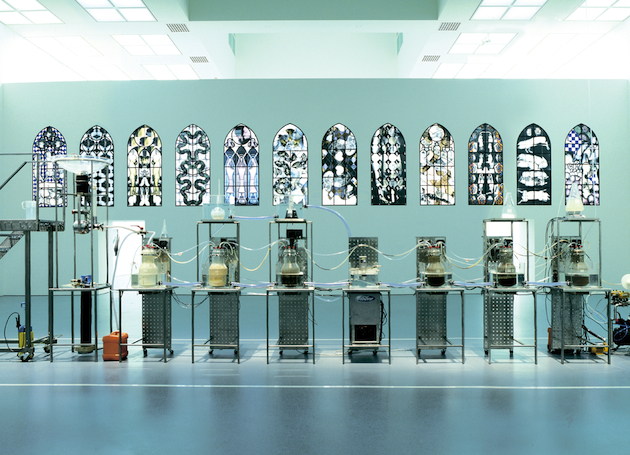
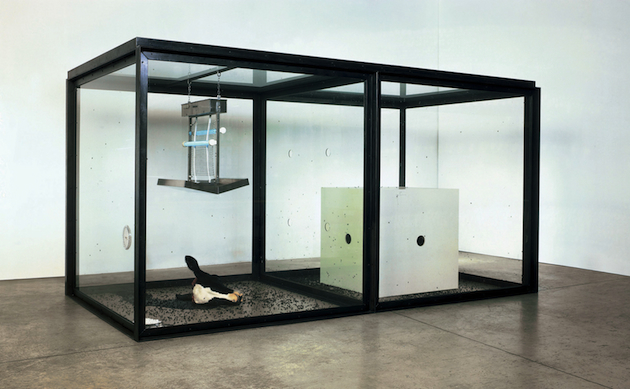
The food is very often a key factor in this type of art and we experienced it in several, original ways, which could be appealing or disgusting. There are many examples of food oriented artworks, like the case of the Bed made with slices of white bread by Antony Gormley (b. 1950, UK), or the most recent Chocolate Crucifixes by Egle Rakauskaite (b. 1967, Lithuania) both somewhat related to the Eucharist; or again the candies by Félix Gonzáles-Torres (b.1957, Cuba – 1996, US) and the chocolate used by Jana Sterbak (b. 1955, Czech Republic) to transform the only heavy-duty elements of human body – the bones – into something fleeting. Alchemy-inspired experiments, which avail themselves of chemical processes and natural elements like combustion, evaporation, oxidation, fire, water, wind and earth, mix up with leaves, branches, insects, spices or perfumes, guide the research of artists like Dennis Openheim (b. 1938-2011, US), Gilberto Zorio (b. 1944, Italy), Pier Paolo Calzolari (b. 1943, Italy) and younger Anya Galloccio (b.1963, UK) with her sweeps of roses under glass, Damien Hirst (1965, UK) and his animals in formaldehyde, Wim Delvoye (b.1965, Belgium) and his excrement machine, Tom Friedman (b.1965, US) and Urs Fischer (b. 1973, CH) with their figures of sugar, toothpaste and wax up to the scented metal by Roger Hiorns (1975, UK). The list could be much longer.
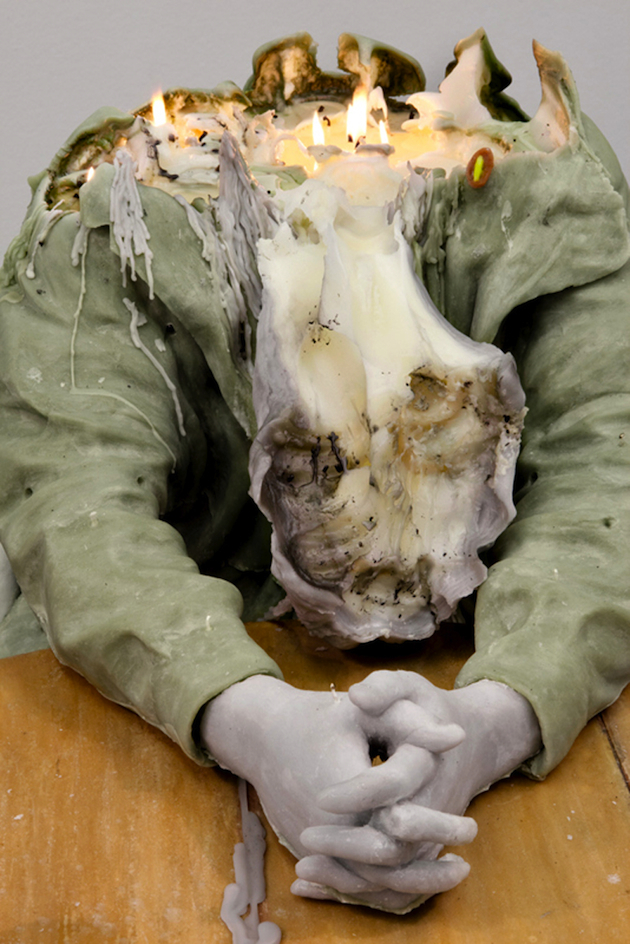
The flow of time, randomness, growth and consumption are some of the numerous meanings behind the act of making perishable art: constantly explored issues that hold their deep interest and seem not to use up their expressive solutions.
Monica Lombardi
